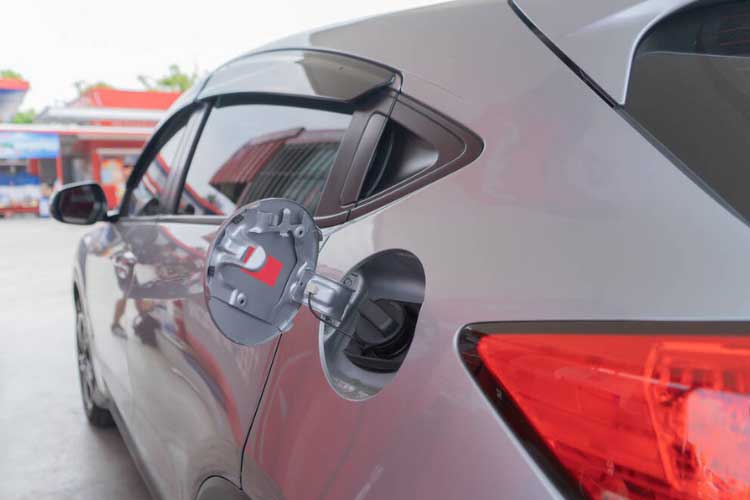Can You Drive Without A Gas Cap? [A Complete Guide]
A gas cap is a minor but vital part of a car’s gasoline system. A car that does not have a properly working gas cap may create a gasoline odor and may pose a fire threat.
Nevertheless, can you drive without a gas cap? Yes, but experts do not recommend it due to the risks and hazards that come with it. In addition, it violates the law to operate an automobile without a properly functioning gas cap.
In this article, we will discuss the risks and hazards of driving without a gas cap, as well as the legal implications and penalties. We will also provide some recommendations for maintaining a functioning gas cap. So, stay tuned till the very end!
Can You Drive Without A Gas Cap?
Yes, it is possible to drive without a gas cap. However, vehicle experts and enthusiasts do not recommend it under any condition. This is because a gas cap helps to keep fuel in the tank and prevent evaporation. Not only that, but it also helps to prevent dirt, debris, and water from entering the tank.
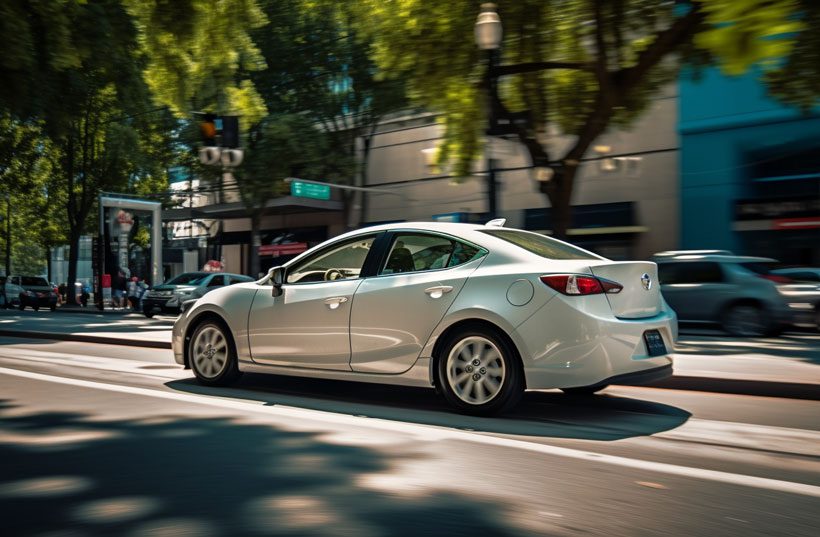
Without a gas cap, the car will also emit a fuel odor and has the ability to potentially cause a fire hazard. Apart from all these, driving a vehicle without a properly functioning gas cap is against federal law. You must replace the gas cap when necessary and maintain it properly.
If you want to know more about the gas cap situation, watch this YouTube Video,
Risks Of Driving A Car Without A Gas Cap
There are several risks accumulated with driving a vehicle without a gas cap. Take a look at some of these risks in detail!
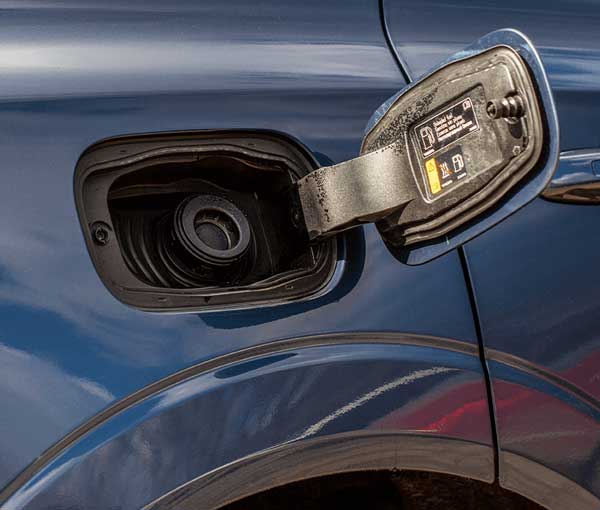
1. Fuel Evaporation And Loss
When driving without a gas cap, the fuel in the tank is exposed to the environment. And these elements present in the environment can cause it to evaporate more quickly.
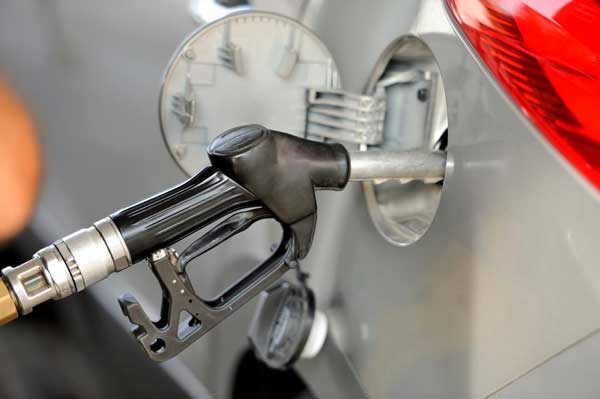
This can result in a loss of fuel, which can be costly and increase the number of trips to the fuel station. On top of that, fuel evaporation can also contribute to air pollution.
2. Water Seeping Into The Tank
A gas cap also helps to prevent water from getting into the tank. If water does get into the tank, it will cause significant damage to the fuel system. Not only that, but it can also potentially lead to engine problems. During cold weather, the water can also freeze and cause blockage in the fuel lines.
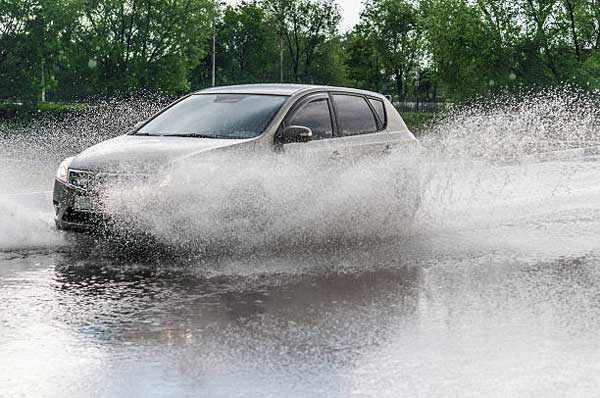
3. Debris And Dirt
Without the presence of a gas cap, debris and dirt can easily enter the tank. When this happens, the contaminants end up clogging the fuel filter or causing damage to other parts of the fuel system.
This leads to a wide range of problems, including reduced fuel efficiency, increased emissions, and costly repairs.
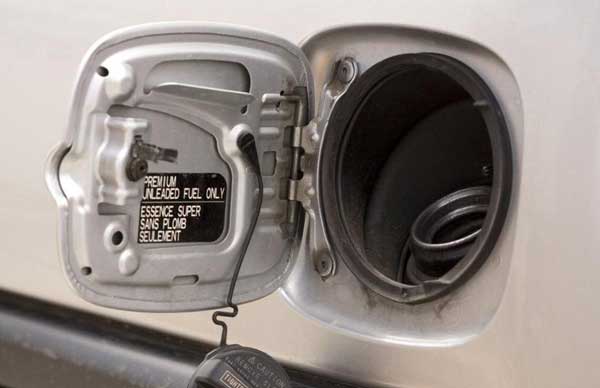
4. Fuel Odor
Last but not least, fuel easily escapes the tank due to the absence of a gas cap and spreads a strong odor. Moreover, it can also cause a fire hazard in case the car comes closer to an ignition or fire source.
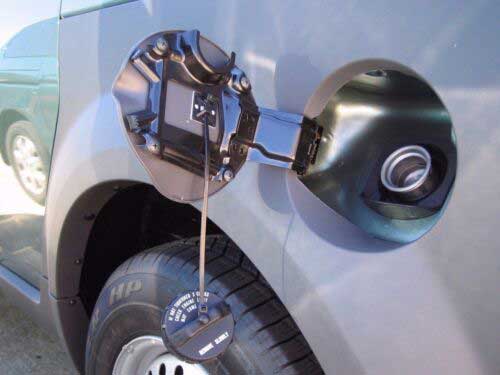
Rules and Regulations On Driving Without A Gas Cap
Typically, there are two laws surrounding a vehicle operating without a functional gas cap. Let us take a look at these rules and regulations for a better understanding.
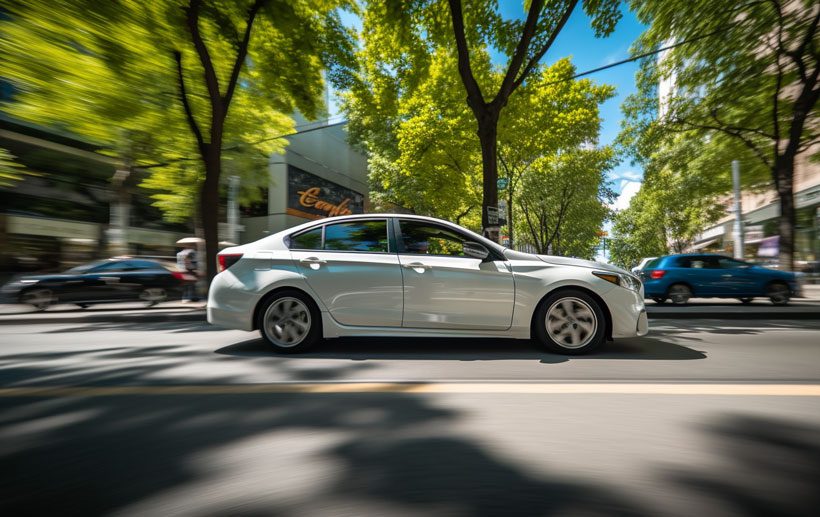
- Driving a car without a functional gas cap is considered to be a violation of federal law. The Environmental Protection Agency (EPA) has strict regulations requiring all vehicles to have functioning gas caps under 40 CFR Parts 85, 86, and 600. This rule is implemented to prevent the emissions that cause the fuel leak into the environment.
- Car owners are often subjected to fines and penalties on the road for driving without a gas cap under 49 U.S. Code § 32101. However, the amount of the fine or penalty varies significantly based on the state or jurisdiction you are driving in.
How To Maintain A Gas Cap Properly
Maintaining the gas cap of your vehicle is crucial, as we mentioned earlier. However, the process is extremely simple and does not require much money. Check out the process of maintaining a gas cap the right way.
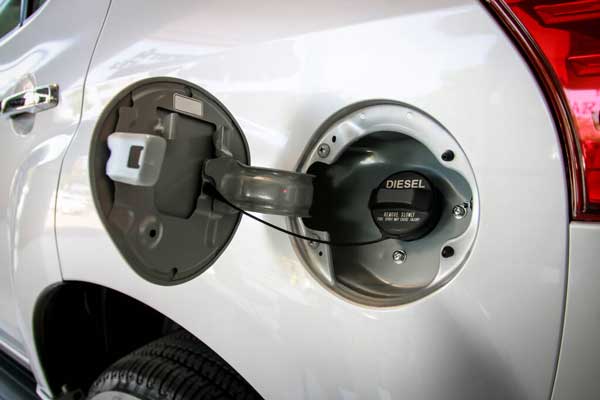
Check The Gas Cap
Make sure to check the gas cap every time you fill up the tank and ensure that it is tightened properly. A loose or missing gas cap can cause fuel evaporation, odor, and so on.
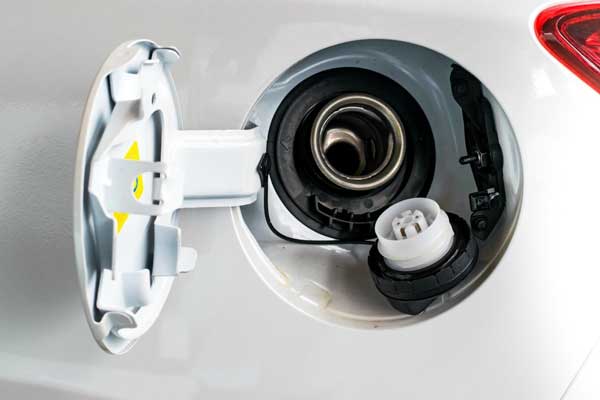
Use The Right Gas Cap
It is important to use a gas cap that is specifically designed for your car. The size and design often vary depending on the model or year of the vehicle. Using the wrong gas cap can cause leaks or other issues.
Replace A Damaged Or Worn Gas Cap
If the gas cap is cracked, broken, or otherwise damaged, it should be replaced immediately. Driving with a damaged gas cap is a fire hazard and can cause problems with the fuel system. It can also cause damage to the environment.
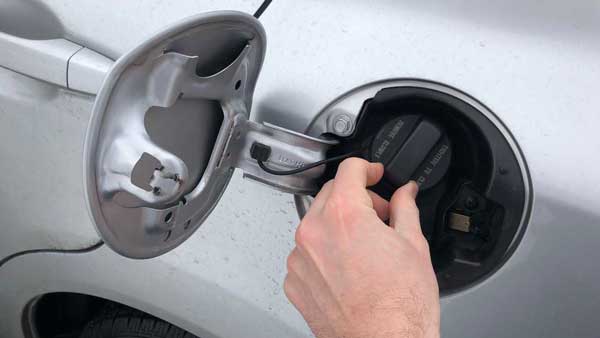
Read The Owner’s Manual
Take a look at the owner’s manual for any specific recommendations or warnings related to the gas cap on your vehicle. Check out the cleaning process mentioned there and clean the cap or the area accordingly.
How To Replace A Damaged Or Old Gas Cap
Replacing the old or damaged gas cap with a new one is often necessary. And this process is quite simple if you have access to the right tools. See the steps on how to replace a gas cap.
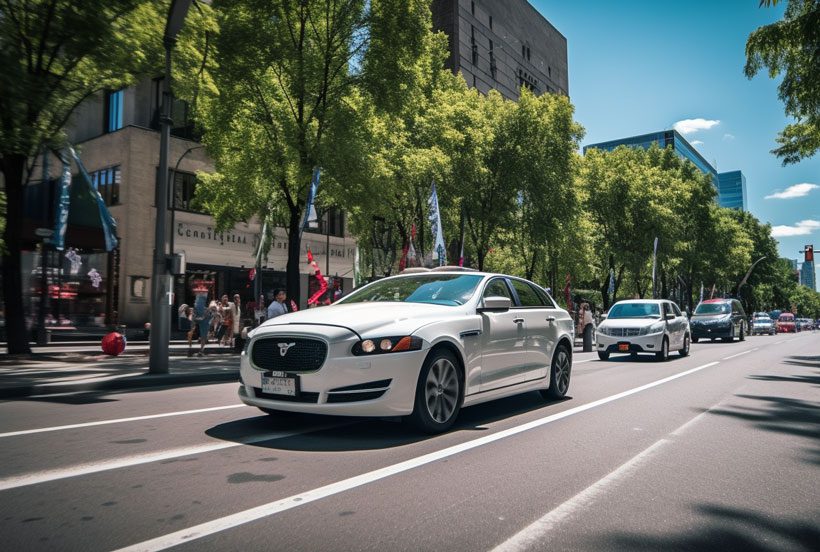
Step 1: Locate The Gas Cap
The gas cap is typically located on the outside of the vehicle. It may be on the driver’s side or the passenger’s side of the vehicle, depending on the car.
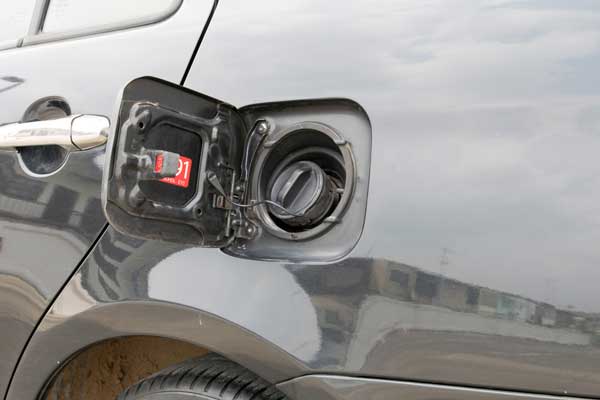
Step 2: Unscrew The Old Gas Cap
Use a pair of pliers or a gas cap tool to turn the old gas cap counterclockwise to remove it. Some caps are screwed on, and some are attached by a tether or a spring clip. Make sure to use the right tools for the job. Clean the filler neck with a brush or rag, and make sure that it is non-abrasive.
Step 3: Install The New Gas Cap
Put the new cap in place and align it properly before turning it clockwise to screw it on or attach it. Make sure that the cap is secured to ensure a proper seal.
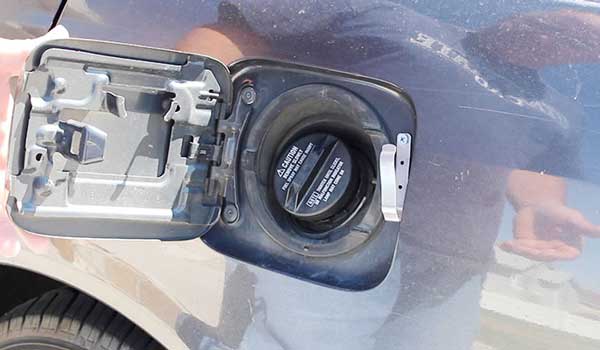
FAQs
Do you have more questions about the guide? Read the frequently asked questions to clear your confusion!
Yes, if the gas cap is missing, fuel from the tank will evaporate. This will spread a strong fuel odor, and the car will become a fire hazard without any doubt.
Installing a new gas cap is not expensive. The cost typically varies from $50 to $100. However, the pricing varies depending on the vehicle model, labor cost, and so on.
Yes, the engine light should turn on if there’s no gas cap or if you need to replace it.
Conclusion
So, can you drive without a gas cap? Even though the answer is yes, we do not recommend vehicle owners drive without a functioning gas cap. This is because it not only puts the vehicle at risk but also risks the lives of passengers and other people on the road.
Make sure you replace the faulty gas cap as soon as you notice it and maintain it properly. Moreover, do not neglect the matter and be conscious of the circumstances!

